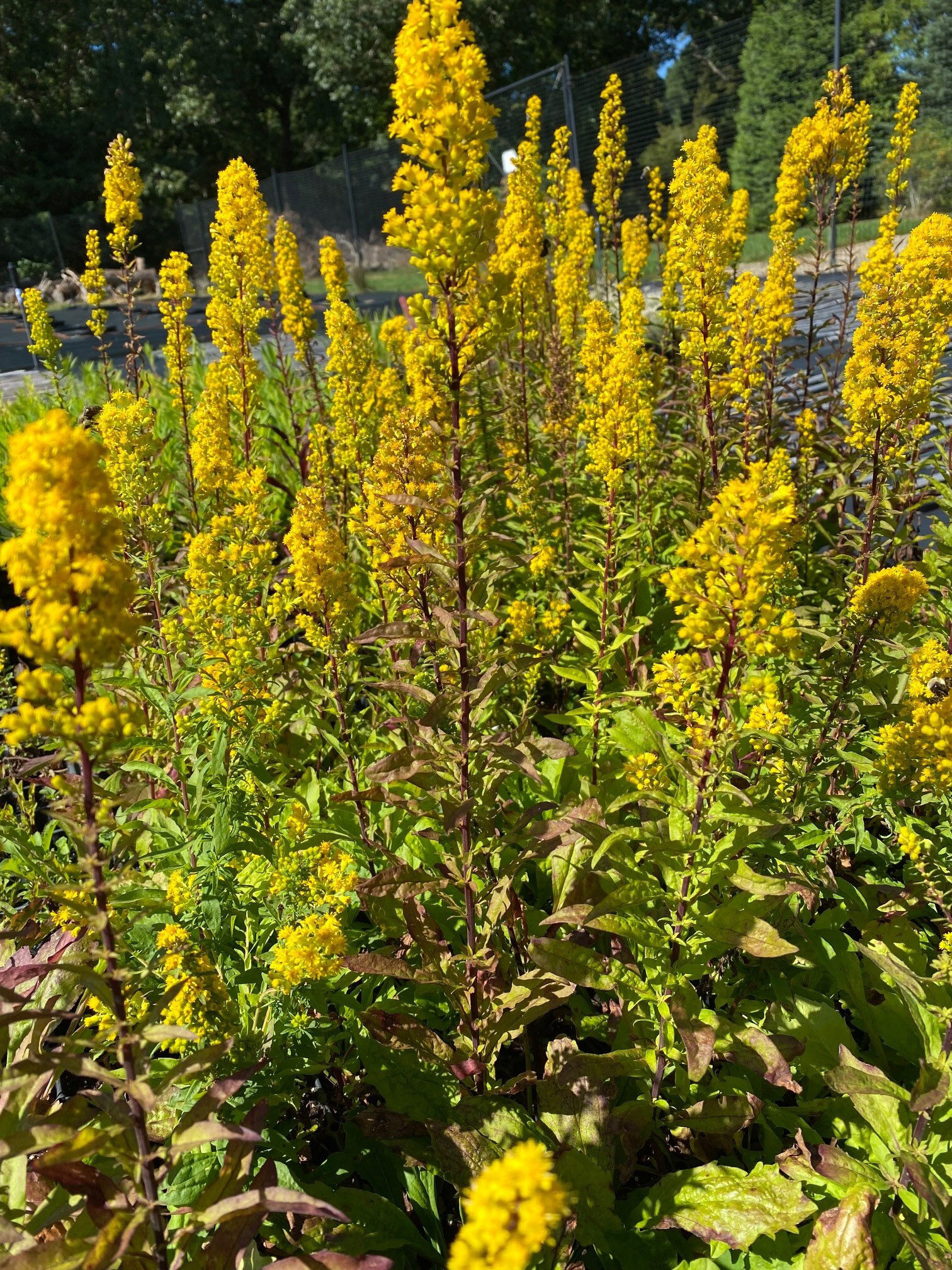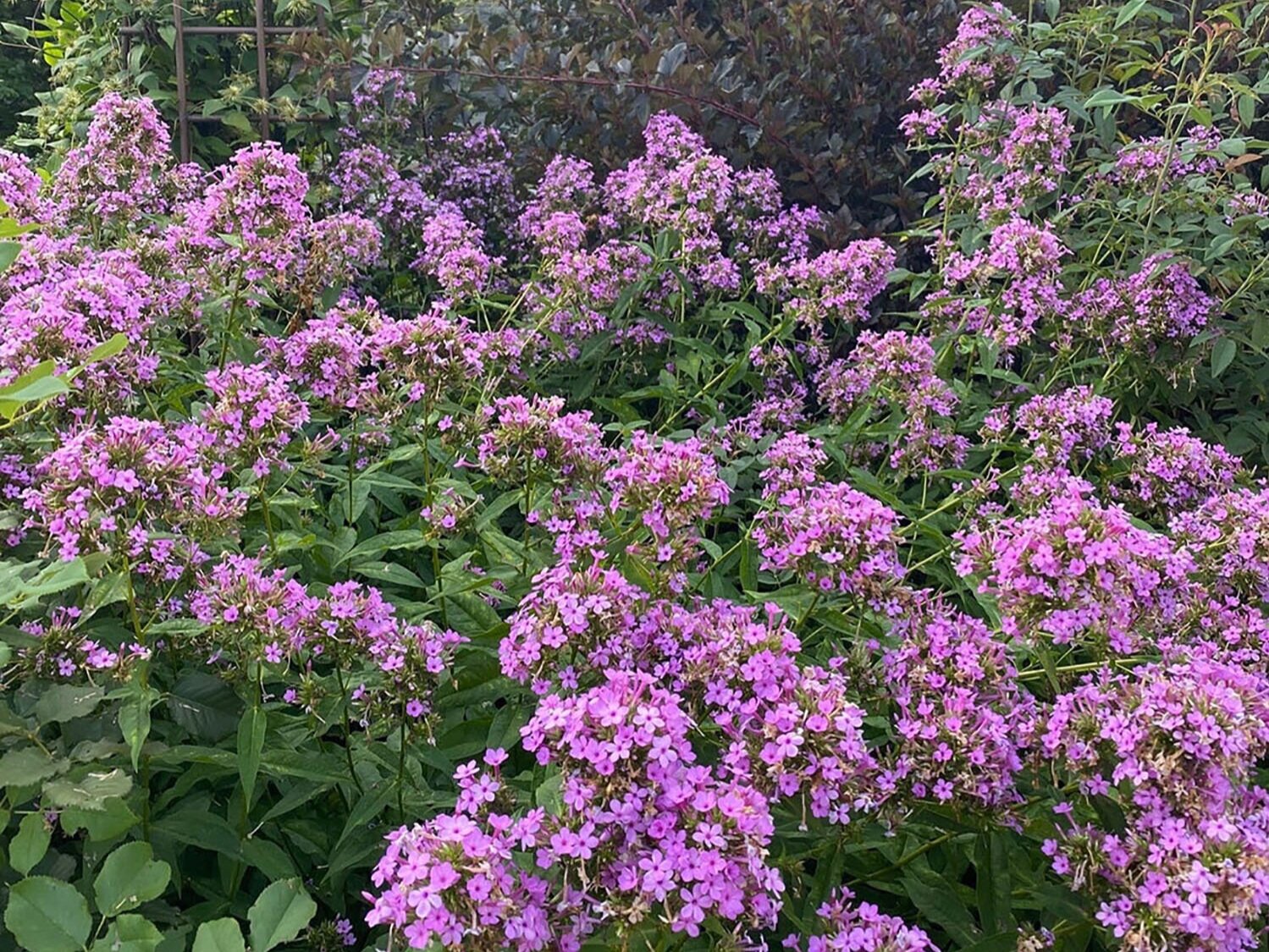This week, Andrew Bunting explores less well-known broadleaf evergreens.
All tagged Gardening
Persimmons
For decades, I have marveled at the native American persimmon, Diospyros virginiana, which is found in our native deciduous woods from Connecticut in the north to Florida in the south, and as far west as Kansas. This upright tree is easily identified in any season by its black trunk and alligator-skin-like bark. The American persimmon bears round orange fruits about the circumference of a quarter. Eating the fruit before it is fully ripe produces an astringent sensation in the mouth, because its tannins are still soluble. And if the fruit has not been subjected to frost a couple of times, it will make your mouth pucker.
Spice Up the Garden: The Spice Bushes
No tree is more emblematic of Philadelphia than the iconic Franklin tree, Franklinia alatamaha. In 1770, the Philadelphia botanist and explorer John Bartram discovered this small, flowering, multi-stemmed relative of the Stewartia, Gordonia, and Camellia growing along the banks of the Altamaha River in Georgia. Bartram collected a specimen, and then cultivated Franklinia on his property along the Schuylkill River (now Bartram’s Garden).
The Franklin Tree, a Philadelphia Icon
No tree is more emblematic of Philadelphia than the iconic Franklin tree, Franklinia alatamaha. In 1770, the Philadelphia botanist and explorer John Bartram discovered this small, flowering, multi-stemmed relative of the Stewartia, Gordonia, and Camellia growing along the banks of the Altamaha River in Georgia. Bartram collected a specimen, and then cultivated Franklinia on his property along the Schuylkill River (now Bartram’s Garden).
Fall Blooming Perennials
October is one of my favorite times of the year in the garden. Many annuals and tropical plants are at their peak brilliance and will look great right up to the first significant frost. And their displays are often enhanced because they are surrounded by a myriad of fall blooming perennials—which are just coming into flower now.
Great Goldenrods
Goldenrods, which many had long seen as merely a roadside weed, have in recent years become very popular plantings: they are great, stalwart perennials; they are durable and resilient, attract myriad pollinators, are relatively deer-resistant, and provide golden flowers throughout late summer and into the fall.
The Living Fence
This week, Andrew Bunting highlights one of the most effective approaches to create privacy: to use living plants as formal or informal hedges.
Pollinators in the Garden
This week, Andrew Bunting examines garden plants that support pollinators such as the threatened monarch butterfly.
A Garden Vacation
This week, Andrew Bunting is in Chicago to attend meetings for the Pennsylvania Horticultural Society, but traveled there early and will stay through the weekend to try to see as much gardening as possible.
Summer Color Favorites
Andrew Bunting reveals some of his favorite colorful plants that thrive in the hot summer months.
Gold Medal Plants
Each year, the Pennsylvania Horticultural Society’s Gold Medal Plant Program evaluates the best trees, shrubs, vines, and perennials for the mid-Atlantic region. In this week’s “In the Garden with Andrew,” Andrew points out some of the 2021 recipients he’s particularly fond of.
Hedgleigh Spring Garden Tour
After a yearlong hiatus due to the pandemic, garden tours have resumed at Swarthmore’s Hedgleigh Spring.
Planting Tropicals in the Garden
Tropical plants provide luxuriant and bold foliage. Here are some tips from Andrew on how to plan them in your garden.
America's Garden Capital
You don’t have to go far from Swarthmore to find some of the greatest horticultural institutions in the world.
Great Yellow Magnolias
Andrew Bunting sheds light on the origin of yellow magnolias and describes some of his favorites.
Beyond Rhododendrons: Great Broadleaved Evergreens for the Garden
In this installment of “In the Garden with Andrew,” Andrew explores broadleaved evergreens.
Become a Penn State Extension Master Gardener
Applications are now being accepted for the next class of master gardeners at Penn State Extension. The Extension’s master gardener program educates the community about research-based best gardening practices.
Greens and Gifts Workshops
Two free webinars from Delaware County Master Gardeners offer help using materials you can find in your yard or community to create fresh, natural holiday arrangements.
BBC Spotlights Swarthmore Treasure
In the expansive world of gardening, Swarthmore resident Charles Cresson is something of a regional celebrity. His century-old, two-acre garden, Hedgleigh Spring, on Swarthmore’s Amherst Avenue, has been written up in the New York Times and Martha Stewart’s Living. Cresson is an esteemed horticulturist who has studied and taught at public gardens in England, as well as at the famed Longwood and Chanticleer gardens closer to home. He didn’t think he needed more feathers in his canvas hat. That was, until British gardener Monty Don came calling.
SHS Bulb Sale Offers ‘Bee-Friendly’ Beauties
We’ve barely escaped the summer heat, but soon the dark, cold days of winter will be upon us, and every gardener will start counting down the days to spring blooms. On Saturday, October 19, the Swarthmore Horticultural Society will hold its annual Bulb Sale at the Swarthmore Farmers Market, featuring a variety of beautiful spring-blooming bulbs that share one special characteristic: they are all beloved by bees.




















